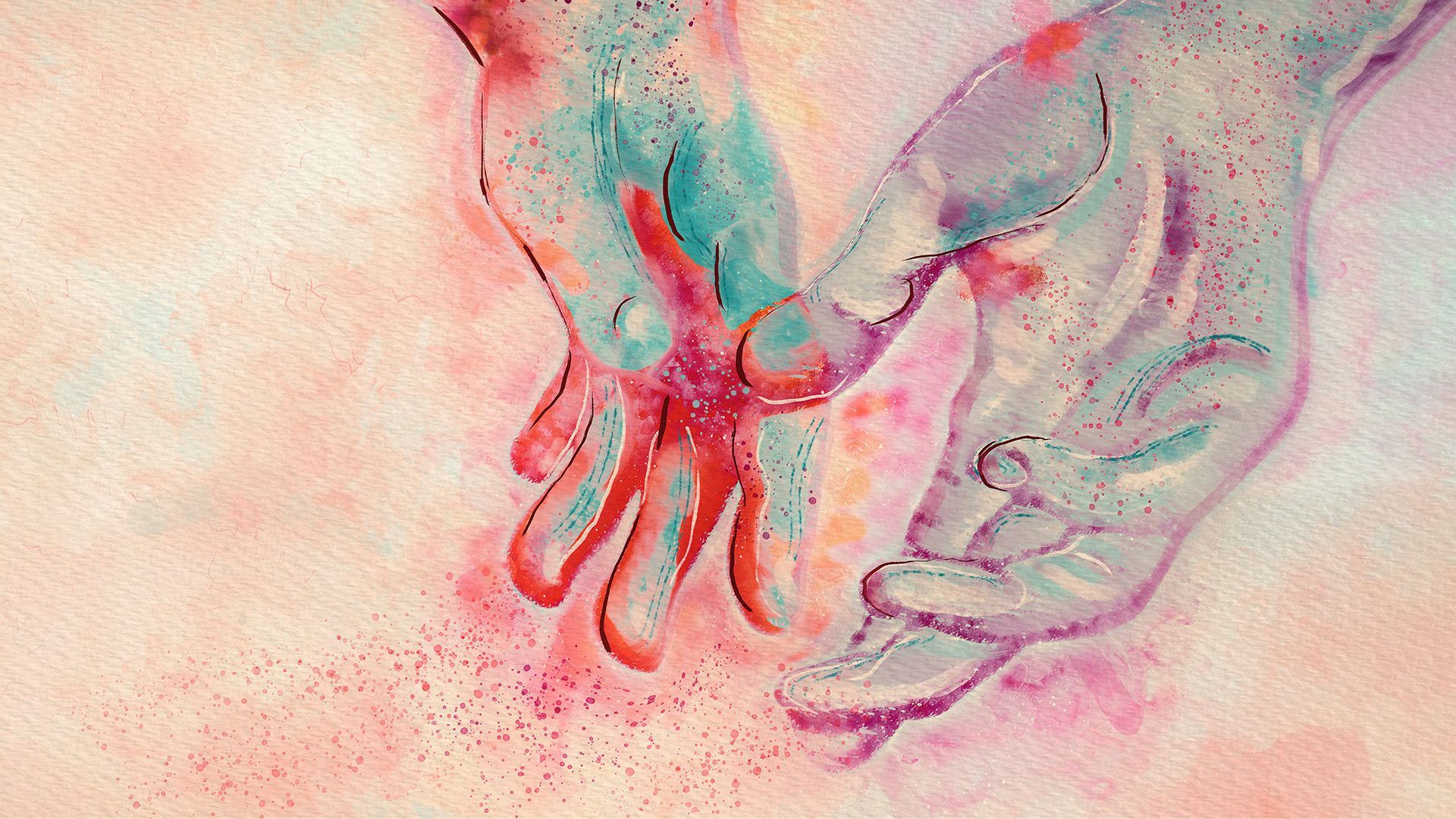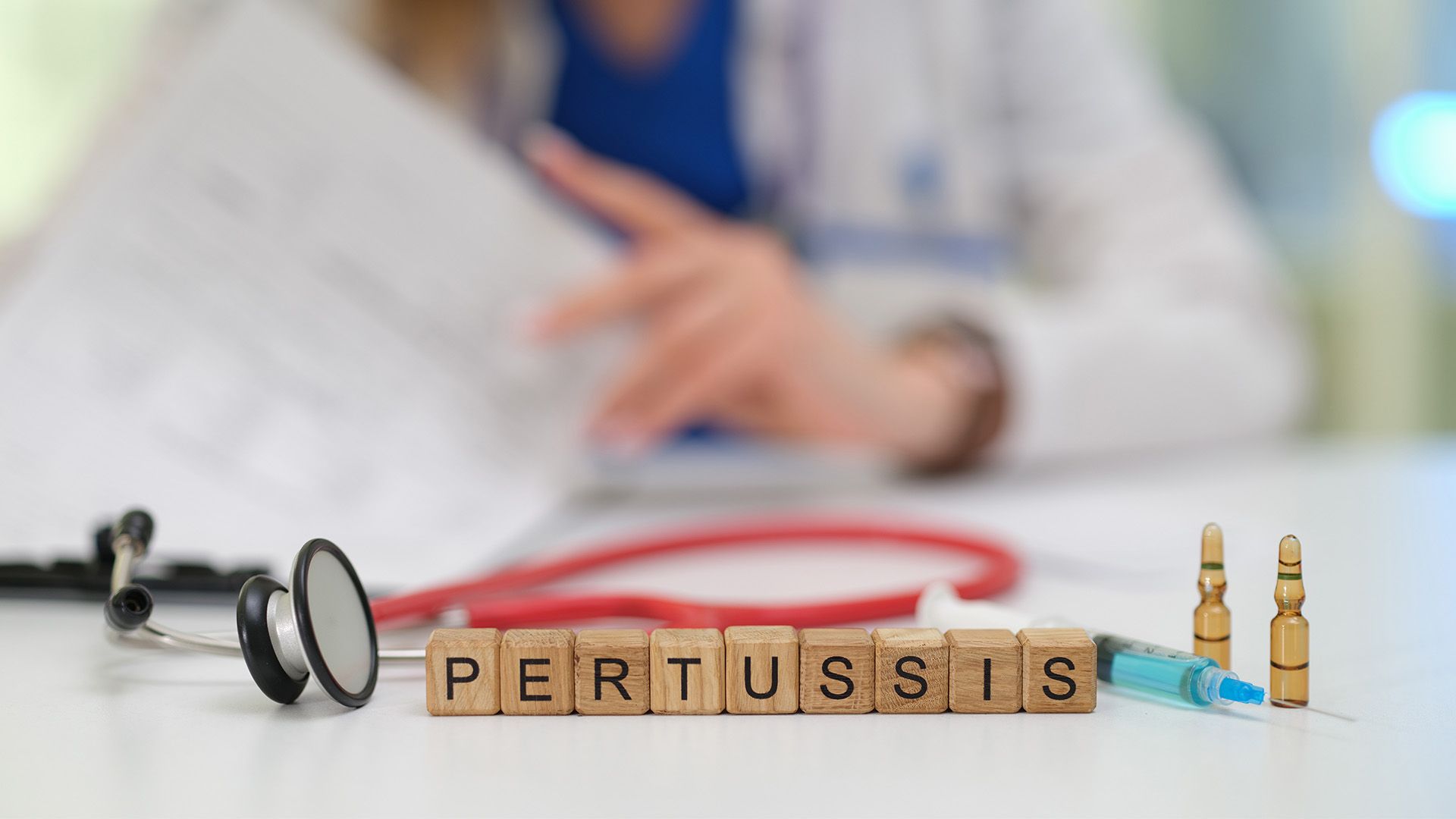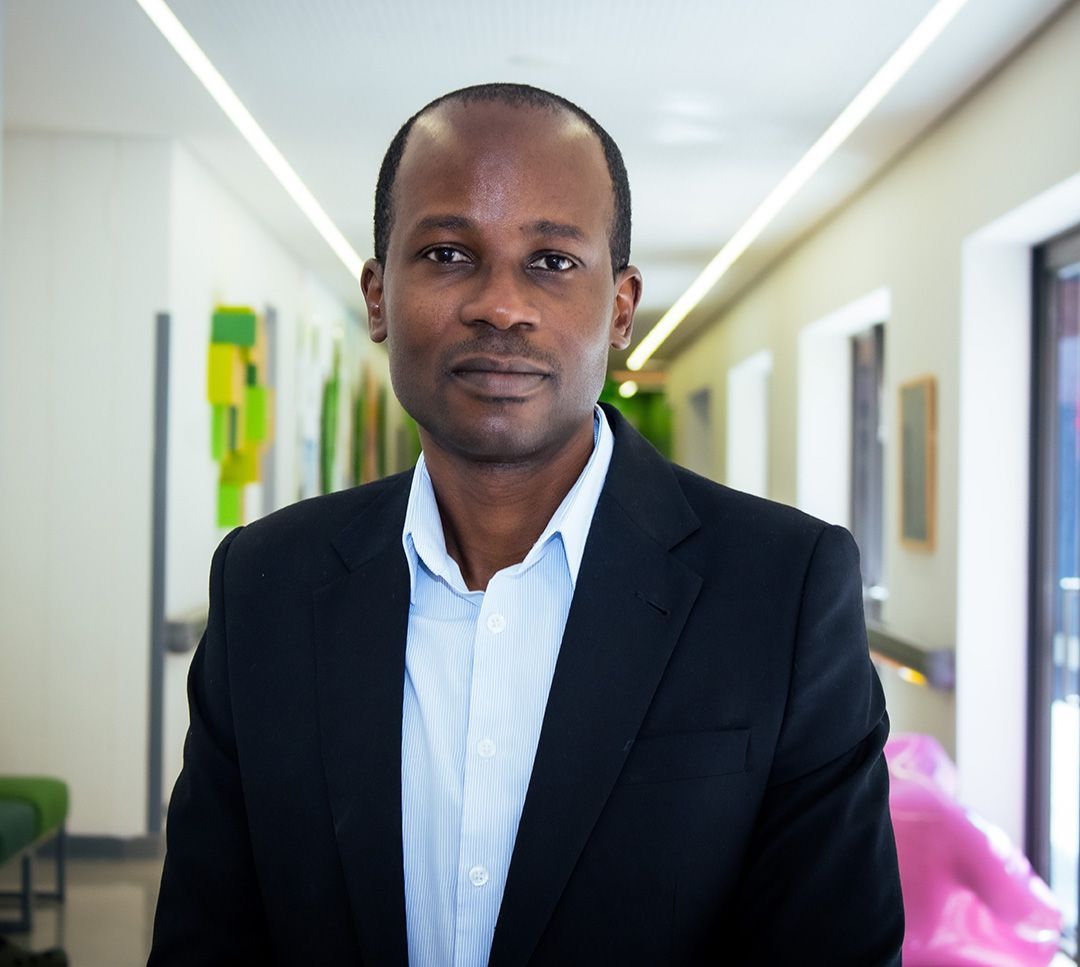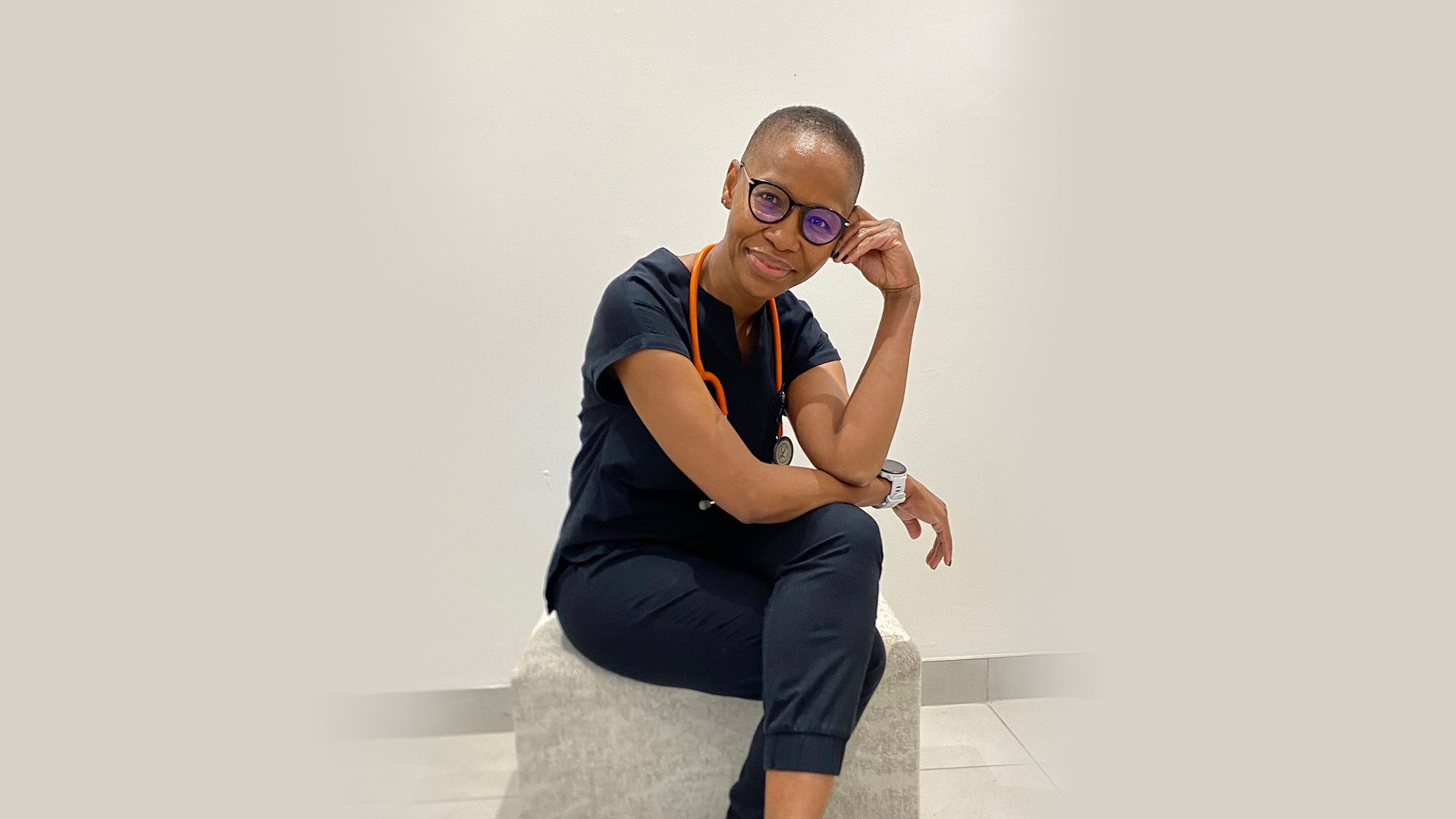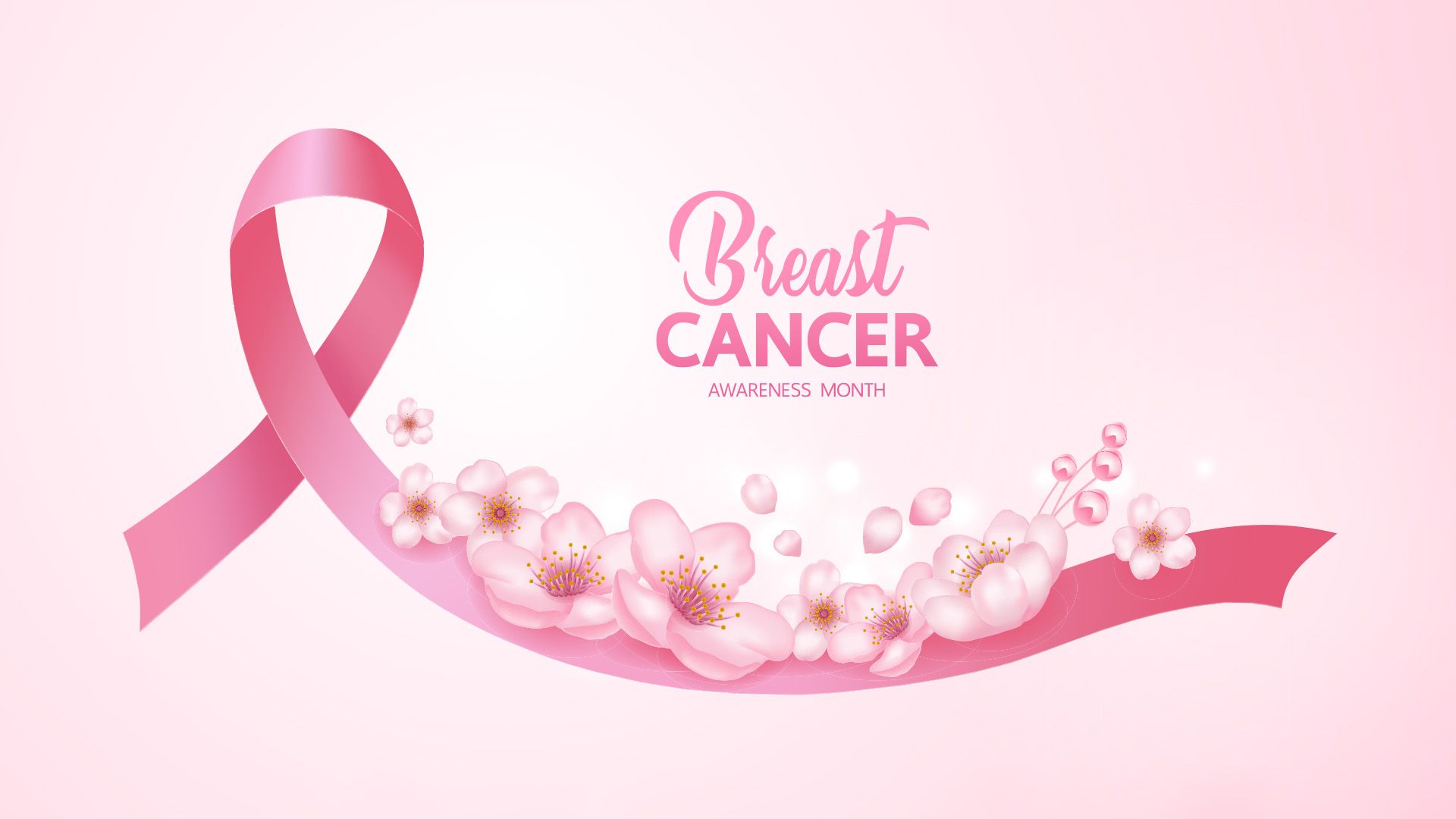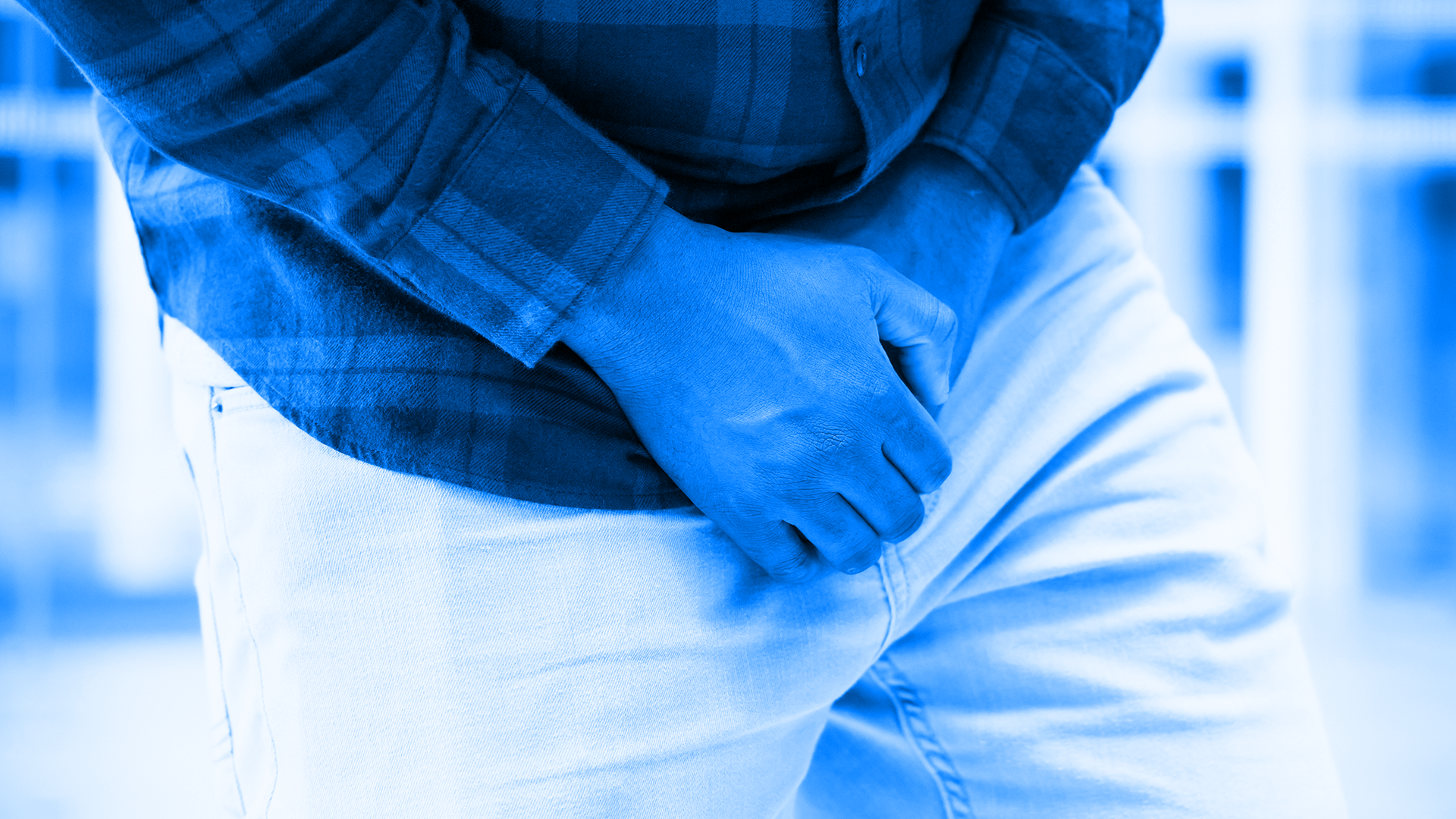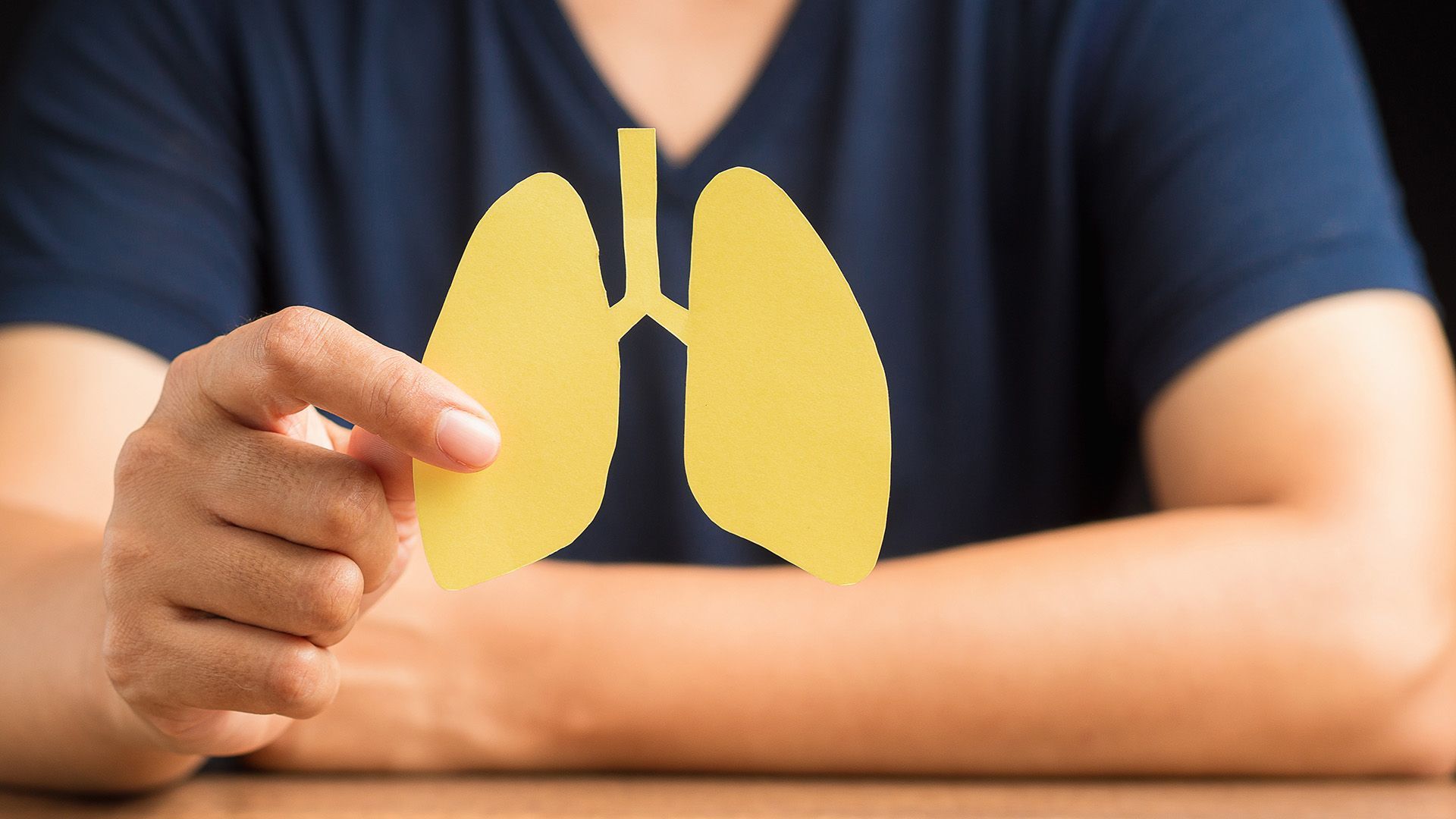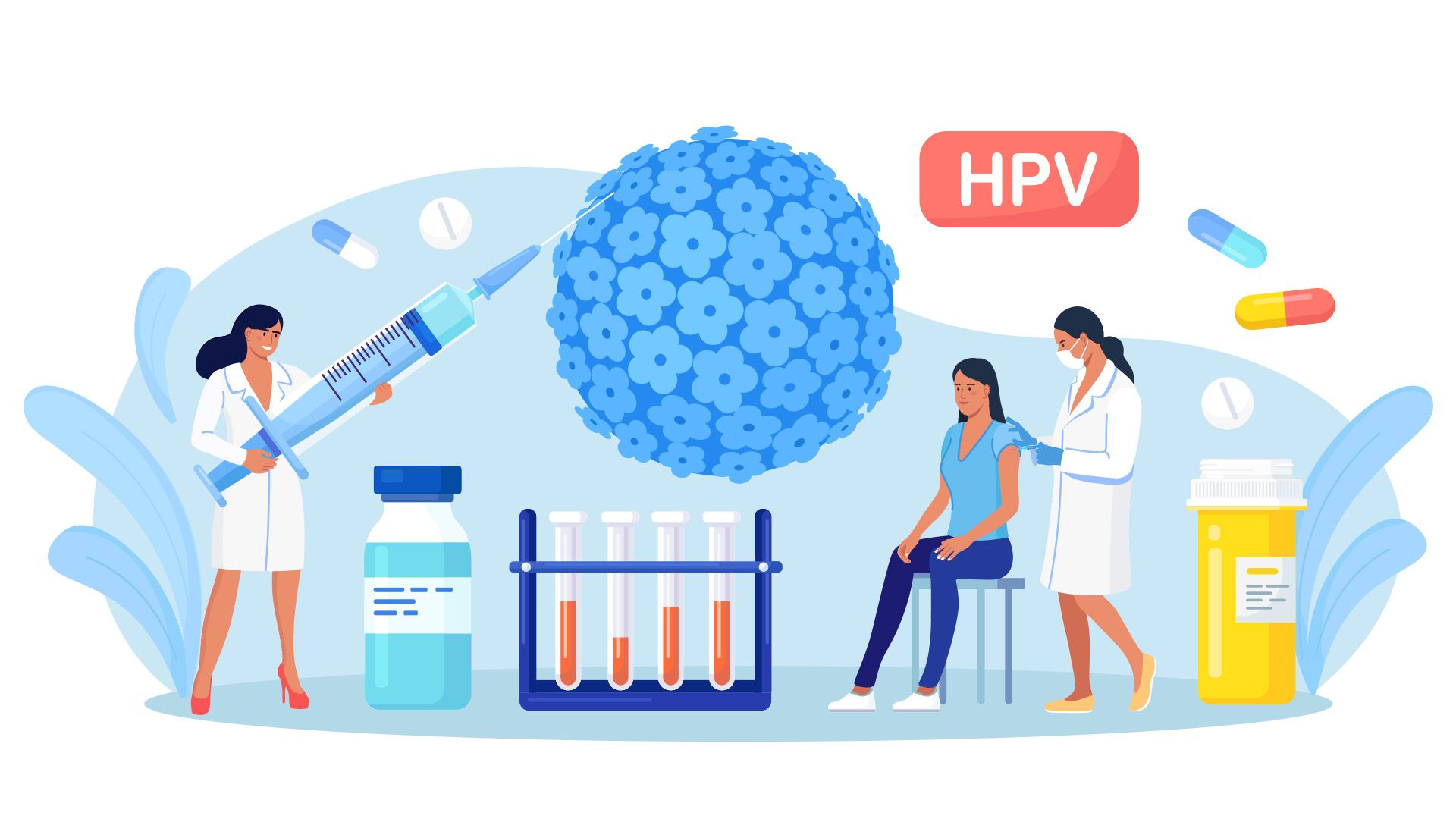Recognising self-harm in teenagers
Parents and caregivers: Talk to help teens heal
As many as one in ten teenagers may self-harm, often in secret, concealing the scars or evidence of their injuries. As Teen Suicide Prevention Week approaches, Netcare Akeso is highlighting the often-hidden struggle of self-harm among young people.
“Self-harm is any non-suicidal behaviour where someone directly and intentionally inflicts harm or injury on their body, often as a way of dealing with emotional distress and pain without the conscious intention of suicide,” says Megan Gonsalves, Netcare Akeso’s Crisis Line manager.
Self-harm can take many forms, including cutting, scratching, picking at scabs so they don’t heal, intentionally causing bruising, burning oneself with cigarettes, matches, candles, or lighters, poking objects through the body, self-medicating, using poison or harmful chemicals, and pulling out hair.
“If left unaddressed, self-harm can increase the risk of suicidal thoughts and behaviours, so parents and caregivers should be aware of the subtle signs that could suggest self-harming, particularly among teenagers who are in this high-risk age group,” she says.
It can be difficult to identify if your child is self-harming, as the behaviour is often hidden, although there may be some warning signs.
Is your teenager:
- Avoiding activities where their legs, arms, or torso can be seen
- Wearing clothes that cover their legs and arms, even in hot weather
- Flinching or showing pain when their arms, legs, or torso are touched
- Hiding objects like razor blades or lighters, or
- Unable to properly explain cuts, burns or injuries.
“Other signs of mental health distress that should also be of concern include changes in the young person’s eating or sleeping patterns, loss of interest in things that were once enjoyable, increased risk-taking behaviours, drug or alcohol use, isolation, aggressive behaviour, mood changes, and feelings of guilt or worthlessness,” Gonsalves says.

Megan Gonsalves, Netcare Akeso’s Crisis Line manager.
Three myths about self-harm
- Self-harm is attention-seeking behaviour: NOT TRUE. Teens who are self-harming often do not tell or show others about their behaviours. While some may do this as a way to communicate their distress, there are many possible reasons for self-harm. Ultimately, it is a sign that there is incredible emotional distress.
- Only girls self-harm: NOT TRUE. While girls are almost three times more likely to self-harm than boys, anyone can engage in self-harming behaviour.
- People keep self-harming because they enjoy it: NOT TRUE. Self-harming is often physically very painful for the individual, and, in many cases, the person craves the sense of temporary relief or distraction this provides from emotional pain. There is no evidence that people who self-harm experience pain differently from others.
Making sense of self-harm
It can be hard to understand why a young person would harm themselves intentionally. Self-harm serves many different functions for the people who feel the need to engage in these behaviours, and the reasons for self-harm differ.
“Self-harm can serve as an attempt to regulate difficult emotions, especially when a person does not feel able to express this verbally, or to handle situations beyond their control and cope with trauma, abuse or memories of trauma. For some, it can be an outlet for stress and tension, provide a sense of safety and protection, or even serve as a form of self-punishment,” Gonsalves says.
“Cutting and other forms of hurting oneself intentionally can offer a distraction from emotional pain through physical pain. Whatever the underlying cause of distress, not talking about it increases the pressure until it becomes unbearable for the young person. When overwhelmed by emotions, a young person might direct these feelings inward, using their own body to express what they cannot put into words. In moments of panic, this act might seem like the only option, offering a fleeting sense of relief.
“As long as the underlying reasons for the distress remain, along with the burden of their self-harming secret that often leads to feelings of guilt or shame, this exacerbates emotional suffering, leading to further self-harm. And this is how the cycle continues, eventually becoming a habitual outlet when the person feels overwhelmed,” she explains.
She points out that studies indicate that some 50% of teens who self-harm do so repeatedly, increasing their risk of greater physical harm over time. “Usually, self-harming wounds are initially not severe enough to require stitches or medical attention. Therefore, the impulse continues unnoticed and unchecked. Sometimes self-harming behaviours can escalate, with wounds eventually requiring clinical intervention – frequently, this is what makes others aware of it for the first time.”
Talking about self-harm is one of the surest methods of prevention, and teaching healthy coping skills for managing difficult emotions can go a long way to protecting your child, she advises.
“If your child is self-harming, professional mental health support can help with addressing the underlying issues or emotions that may be contributing to the behaviour,” Gonsalves says.
“During adolescence, the brain is still developing, and the rational part—the prefrontal cortex—is not fully mature until around age 25. This means teens don’t process situations as adults do and often react based on feelings rather than careful thought, experiencing emotions more intensely and sometimes making impulsive choices.
“Understanding this can help parents approach conversations with more patience and empathy, fostering better communication during these critical years of development. By creating a supportive environment, encouraging open conversations, and modelling healthy decision-making, parents can help their teens develop the skills needed to cope with the full spectrum of emotions in their transition to adulthood.”
If you or someone you care about is dealing with self-harm or any other mental health issue, Netcare Akeso is ready to support you. Contact the 24-hour Crisis Line on 0861 435 787 for confidential counselling and advice on available assistance options.

